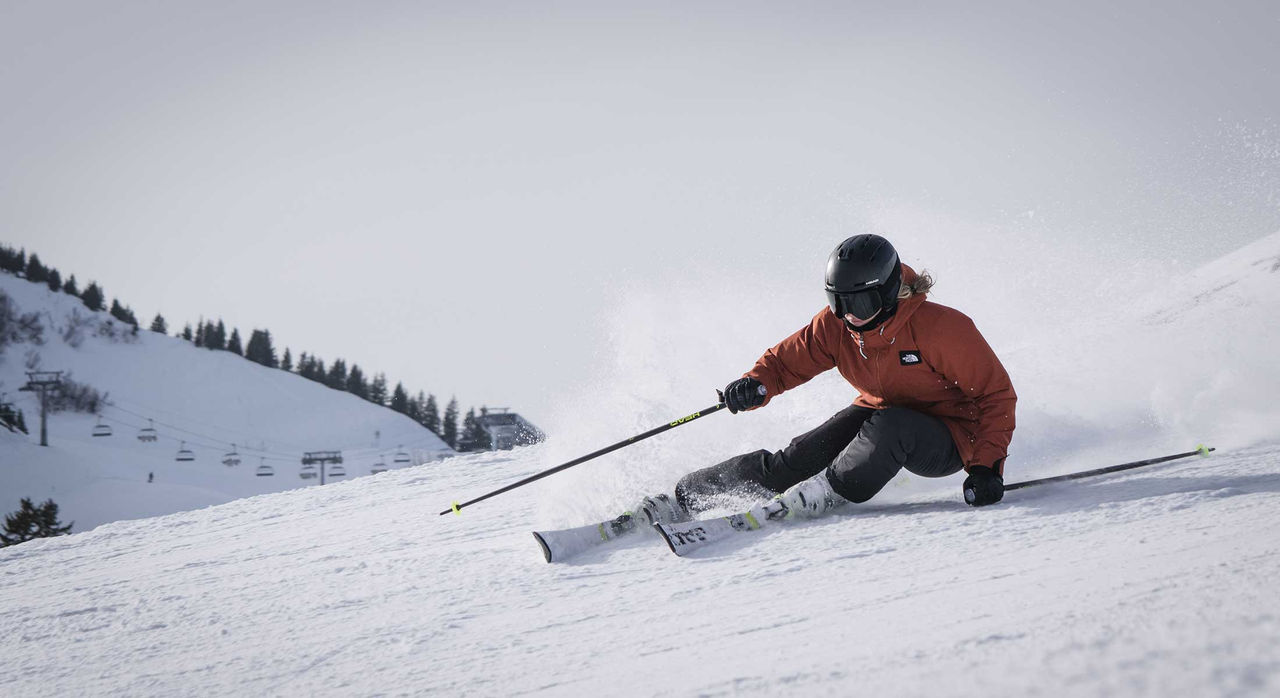-
- Find Care
-
- Visitor Information
- Find a Location
- Shuttles
- Visitor Policies
-
-
- Our Virtual Care Options
- Virtual Urgent Care
- Virtual Visits for Primary & Specialty Care
- Online Second Opinions
- Participate in Research
-
- Contact us
-
- For Innovators
- Commercialization Guide for Innovators
-
-
- Research News
- Alzheimer's Disease
- Artificial Intelligence
-
- Overview
-
- Overview
- Getting Started
- New to Mass General Brigham
- International Patient Services
- What Is Patient Gateway?
- Planning Your Visit
- Find a Doctor (opens link in new tab)
- Appointments
- Patient Resources
- Health & Wellness
- Flu, COVID-19, & RSV
- Billing & Insurance
- Financial Assistance
- Medicare and MassHealth ACOs
- Participate in Research
- Educational Resources
- Visitor Information
- Find a Location
- Shuttles
- Visitor Policies
- Find Care
-
- Overview
- Our Virtual Care Options
- Virtual Urgent Care
- Virtual Visits for Primary & Specialty Care
- Online Second Opinions
-
- Overview
- Participate in Research
-
- Overview
- About Innovation
- About
- Team
- News
- For Industry
- Venture Capital and Investments
- World Medical Innovation Forum (opens link in new tab)
- Featured Licensing Opportunities
- For Innovators
- Commercialization Guide for Innovators
- Contact us
-
- Overview
- Information for Researchers
- Compliance Office
- Research Cores
- Clinical Trials
- Advisory Services
- Featured Research
- Two Centuries of Breakthroughs
- Advances in Motion (opens link in new tab)
- Brigham on a Mission (opens link in new tab)
- Gene and Cell Therapy Institute
- Research News
- Alzheimer's Disease
- Artificial Intelligence
-
- Overview
-
- Overview
- Residency & fellowship programs
- Brigham and Women's Hospital
- Massachusetts General Hospital
- Mass Eye and Ear
- Newton-Wellesley Hospital
- Salem Hospital
- Integrated Mass General Brigham Programs
- Centers of Expertise
- Global & Community Health
- Health Policy & Management
- Healthcare Quality & Patient Safey
- Medical Education
- For trainees
- Prospective trainees
- Incoming trainees
- Current trainees
- Continuing Professional Development
Common Skiing Injuries: Q&A with Michael Kolosky, DO

This time of year, many skiers pack up their cars and head to the mountains on the weekends to enjoy beautiful ski trails. For both downhill and cross-country skiers, the activity provides an opportunity for refreshingly cold weather, exhilarating heights, breathtaking winter views and, of course, invigorating exercise.
But, as with all sports activities, there is always the potential for injury, especially with icy winter conditions and bulky equipment that restricts mobility. As the leading sports medicine provider network in New England, Mass General Brigham routinely delivers urgent care to injured skiers throughout the winter season.
Michael Kolosky, DO, a Mass General Brigham Sports Medicine provider and orthopedic surgeon, sees patients in Danvers, MA and Beverly, MA. He specializes in sports injuries and knee and shoulder surgery.
A skier himself, in this Q&A Dr. Kolosky shares tips and tricks for avoiding skiing injury and seeking care in the event of a fall.
Q: What are some common injuries that skiers experience?
Kolosky: The most common injuries for skiers revolve around the knee. Knee injuries make up nearly half of all ski injuries, predominantly with ACL and MCL tears and knee meniscus injuries. But skiers are also subject to injuries beyond the knee, like shoulder injuries, including dislocations and sprains, head injuries, fractures, and even skier's thumb, which is unique to skiing.
Q: What is skier’s thumb?
Kolosky: Skier’s thumb is where a ligament in the thumb, known as the UCL, becomes torn. With some falls, the ski pole can impact the thumb joint, resulting in that ligament tearing or stretching. The force of the pole hitting the ground and the leverage from the length of the pole drives the pole into the crux of your hand, putting enough stress on the joint to tear that ligament. Treatments for skier’s thumb range from ice and stretching, to a cast or splint, to surgery. At MGB, we can look at your thumb together and quickly decide what the best course of treatment may be.
Q: How do you know if you’ve had a severe knee injury, like an ACL rupture?
Kolosky: The acuity of the symptoms really depends on the severity of the injury. With ACL and other ligament injuries, people typically feel and/or hear a pop in their knee, accompanied by immediate swelling and a feeling of instability. A good portion of the skiing knee injuries I see occur when the bindings don't release, or you catch an edge and there's a twisting-type moment. Because the skis are so long, the twist has a lot of torque on the knee, and those physics are at work in many skiing knee injuries that we see.
Q: How are ACL injuries treated?
Kolosky: Following a knee injury, the ACL either functions, or it doesn't. If someone is an active individual that would like to be able to return to skiing, they likely need an intact and healthy ACL.
At Mass General Brigham, we do a physical examination of the injured knee, along with imaging when necessary, to determine the extent of the injury to the area and particularly the knee ligaments. If the ACL is torn, we may recommend surgical treatment to reconstruct/replace the torn ligament. Nowadays, ACL surgery is done in an outpatient setting in any of our surgery centers. This means you’ll be able to go home to recover the same day you have the surgery, and we’ll get you moving and working with one of our therapists within the week to get the ball rolling on recovery.
If the injury is less severe than a full tear, for example, a sprain or partial tear, a brace and a rehabilitation program with our expert physical therapists could be all that is needed. Full recovery time for an ACL injury typically takes about a year, so you may have to wait until the following ski season to hit the slopes again after injury.
Q: What about cross-country skiing and snowboarding? Are these activities safer than downhill skiing?
Kolosky: Each winter sport utilizes different body parts and muscle groups, and therefore comes with different health benefits and injury risks. With cross-country skiing, for instance, there’s a lot of repetitive motion and prolonged, dynamic movement, and so we see a lot more tendinopathies and tendonitis. Tendinopathy is inflammation of the tissue(s) connecting muscle to bone. Cross country skiers can suffer sprains or tendonitis of the rotator cuff, the Achilles tendon, the patellar tendon, and really any of the various muscle attachments throughout the body, due to that repetitive motion performed over a prolonged period.
We also see cross country skiers with wrist sprains and shoulder injuries, because when they fall over, they're typically landing awkwardly on a slippery surface with an outstretched arm. Snowboarding is a little bit different. Compared to skiing, snowboarding is easier on the knees, but there is a slightly higher increase in upper extremity and ankle injuries associated with snowboarding, due to the way in which the equipment is attached to their body. With both feet attached to the same board, the torque and tension are focused on different areas of the body then they are on skis, namely, the ankles, and hips.
Q: Are there any tips you can offer on how to avoid ski injuries?
Kolosky: I always encourage the athletes I work with to make sure they’re wearing the correct protective gear. For downhill skiing and snowboarding, I recommend wearing a helmet. It’s a very easy way to prevent serious head injury.
Another key aspect to injury prevention with skiing is having good technique and good conditioning. If you think about when you go skiing the first time for the year, there's typically not much prep that goes into it; we get on the chairlift and then make our way down the slopes without warming up. We may even go straight to a blue or a black diamond slope on our first run, and this really stresses the body.
Like any serious athlete might do going into their sport season, committing to a good strength and conditioning program to get into shape for ski season is paramount. And then, even if you’ve trained, it’s important to stay hydrated and remember to do a good warmup before you get out there. To warmup, you should be stretching and taking the first few runs easy to get the body loosened up.
I think another key component for injury prevention is proper gear and maintenance. That means making sure the ski’s bindings are adjusted to your proper height, weight and skiing ability, so they do release when needed. And wearing warm layers of clothing serves dual purposes, providing warmth and cushioning in case of a fall.
Q: If I am injured while skiing, how can I be seen at Mass General Brigham?
Kolosky: We of course want everyone out there skiing and snowboarding safely and enjoyably. For emergencies, skiers should seek medical care at the ski mountain and/or go to the emergency room of the nearest hospital. But after any emergency has been addressed, if an injury has occurred, whether it’s severe or just a dull nagging ache or pain, our team at Mass General Brigham Sports Medicine has likely seen it before and can get you back on the slopes as quickly and safely as possible.
For injuries while skiing or performing any athletic activity, no matter the season, patients can call 617-380-6444 to make an appointment with a Mass General Brigham provider in their area. We have offices throughout New England and can even connect with patients virtually to assess their situation and come up with a care plan from the comfort of home. Mass General Brigham Sports Medicine also has several orthopedic walk-in sites, including clinics in Wellesley and Salem, that enable injured athletes to be seen by a sports medicine provider with no appointment necessary.
Personally, when I’m not skiing myself, I see patients on the north shore of Boston, at Mass General Brigham’s offices in Danvers and Beverly. I am always looking to work with new athletes to help them heal from injury and excel in their sports, and I also am happy to consult on chronic injuries, especially of the knee and shoulder, and offer second opinions for patients considering undergoing orthopedic surgery.
